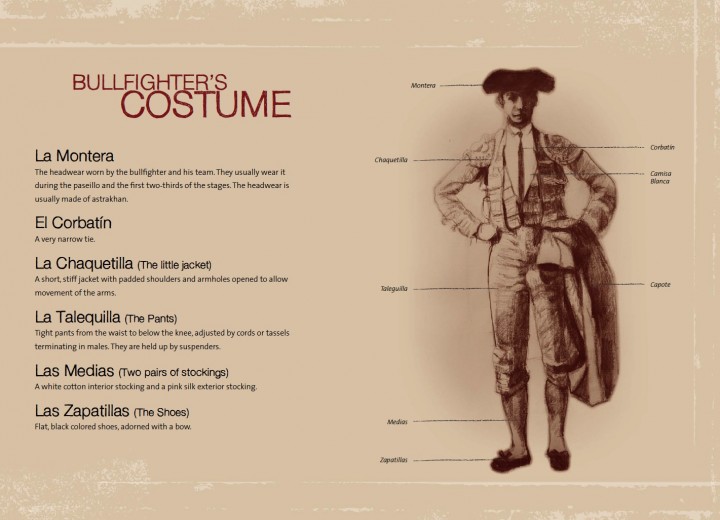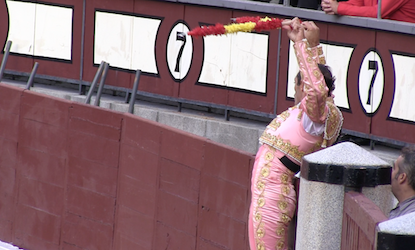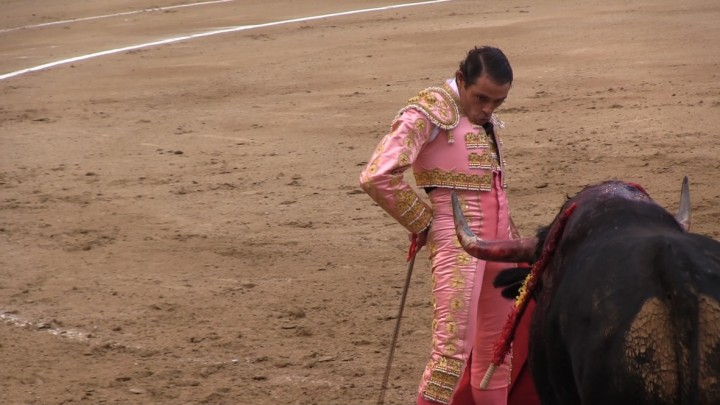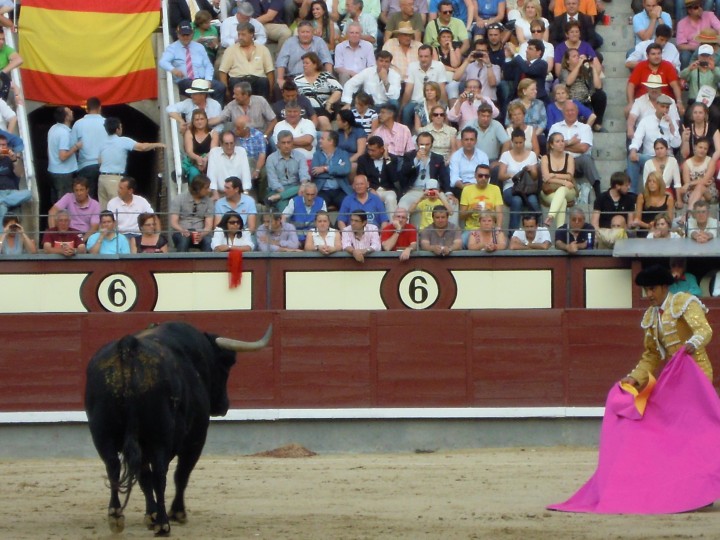Las ventas Bullfighting Ring was built to replace the bullfighting ring located off the Aragon highway. The newer arena was built to be larger, given that the seating capacity of the previous one was insuf cient because of the demographic growth that Madrid experienced during the rst-half of the twentieth century.
The new bullfighting ring was inaugurated on October 12, 1934. It remained open without interruption until 1936, the year in which the Spanish Civil war began. The construction was directed by the architect Jose Espeliu, who died without seeing his work completed. The ring is partially designed,
using a Mozarabic style. The walls are inlaid with ceramic depictions of the shields of all the Spanish provinces, as well as their purely ornamental motifs. The arena is 60 meters in diameter. The bullring has a seating capacity of 23,000 spectators. At present, 80% of the seats belong to season ticket holders. The bull ghting ring also has a Horse Arena, a Towing Arena an in rmary (which can be reached directly from the bullring), a chapel and a bull ghting museum, that are open to the public. Currently, the owner of the bull ghting ring is the regional community government of Madrid, but various private companies manage it.
All the seats are numbered and at the same time grouped in the following three main areas: Shade Sun and Shade Sun .Each of these areas is divided into several sections or Tendidos. The Shade is divided into ve Tendidos: 9,10,1,2 and Preferente .The Sun and Shade is divided into Two Tendidos: 8 and 3 and the Sun is divided into four Tendidos: 7,6,5 and 4.
Each Tendido is divided into seating categories: vip category: the three rst rows are: barrera (barrier), contrabarrera (front row) and delantera baja (second row) 1 Category: row 1 to 14 2 Category: rows 15 to 27 3 Category: gradas 4 Category: andanadas








